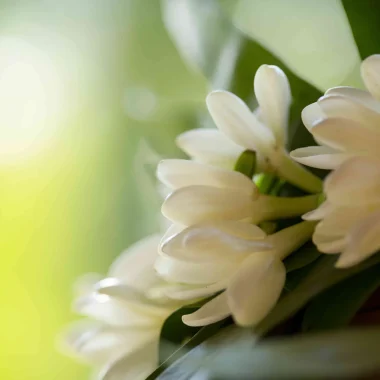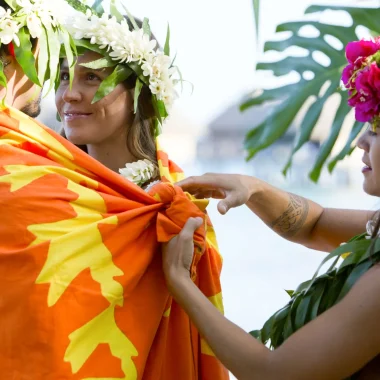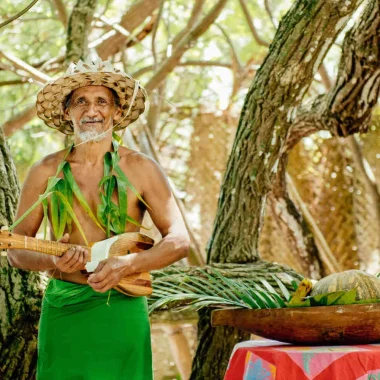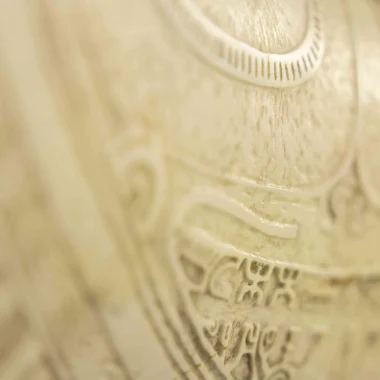Tahitian dance, called ‘ori Tahiti, is a vibrant, sensual and exciting embodiment of the spirit of Polynesia. Profoundly anchored in the culture and history of The Islands of Tahiti, it is more than just a performance, it is an art form and a powerful means of expression, used to convey emotions, tell stories and transmit traditions from one generation to the next.
Pulsating rhythms, sensual mouvements, graceful gestures, the unique traditional art of ‘ori Tahiti is an integral part of Tahitian culture. Once almost lost, it’s reputation is now spreading all over the world.
At the heart of tradition
Tahitian dance is an art form that dates from many centuries ago. Accompanied by music and song, it was once performed at ceremonies dedicated to the ancient gods, or during celebrations of important events such as weddings, births and abundant harvests. A graceful and sensual means of expression for the Polynesian vahine, ‘ori Tahiti has evolved over the years, especially since the birth of the Heiva i Tahiti. This colorful and exhilarating festival is a celebration of traditional music and dance. it is a month-long series of electrifying performances by dance groups from all over The Islands of Tahiti, that captivates and enthralls visitors and the local population alike.



Today, ‘ori Tahiti is an extremely popular and thriving art, and there is hardly a single vahine in The Islands of Tahiti who hasn’t belonged to a dance group at some time in her life. The flamboyant and colorful costumes are an important part of this visible expression of a proud ancestral culture. The best-known Tahitian dances are the frenetic, festive tāmūrē, and the more precise and orchestrated warrior’s dance, the ‘ōte’a. Each archipelago also has its own specific dances, such as the pe’i in the Gambier Islands, or the famous haka of the Marquesas Islands.
Tahitian dance, a universal language
Tahitian dance is the visual expression of a unique ancestral culture. Each mouvement, each gesture has its own special significance, making reference to the traditions, legends and history of French Polynesia. The sensuality of ‘ori Tahiti was too much for the early Protestant and Catholic missionaries, so they simply banned it. Fortunately, Tahitian mothers continued to transmit the gestures and mouvements to their daughters, so that, in the 1950s, when Madeleine Moua decided to revive the forbidden art, the gestures and mouvements had not been definitively lost.

When you visit The Islands of Tahiti, you’ll have many opportunities to watch displays of ‘ori Tahiti. Aside from admiring the beauty and color of the performance, remember that, for Polynesians, dance is also a means of communication. A universal language used to transmit their identity and cultural heritage to future generations, and to visitors from all over the world.
Themes









 América del Sur
América del Sur
 Australia
Australia
 Belgique
Belgique
 Brasil
Brasil
 Canada (EN)
Canada (EN)
 Canada (FR)
Canada (FR)
 Deutschland
Deutschland
 España
España
 France
France
 Italia
Italia
 Mexico
Mexico
 Polynésie française
Polynésie française
 New Zealand
New Zealand
 Schweizerisch (DE)
Schweizerisch (DE)
 Suisse (FR)
Suisse (FR)
 United Kingdom
United Kingdom
 United States
United States
 한국
한국
 中国
中国
 日本
日本